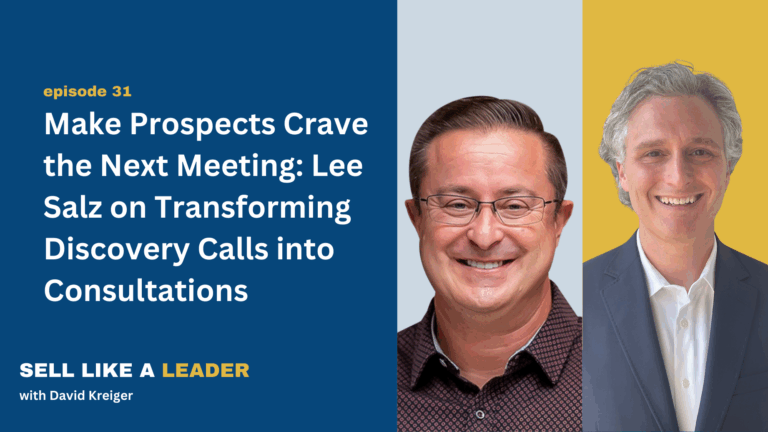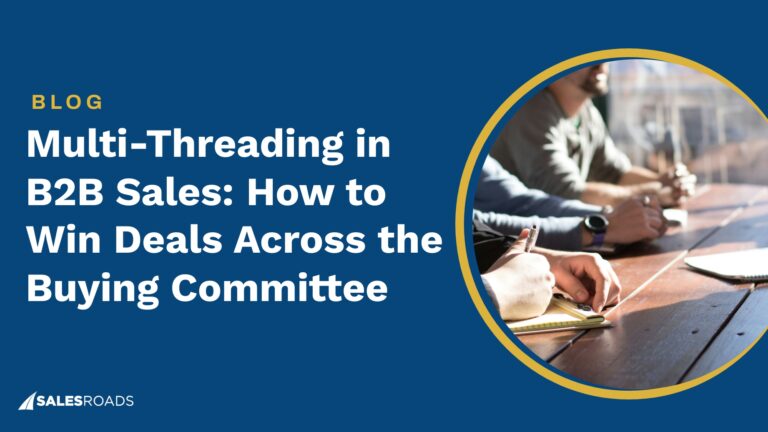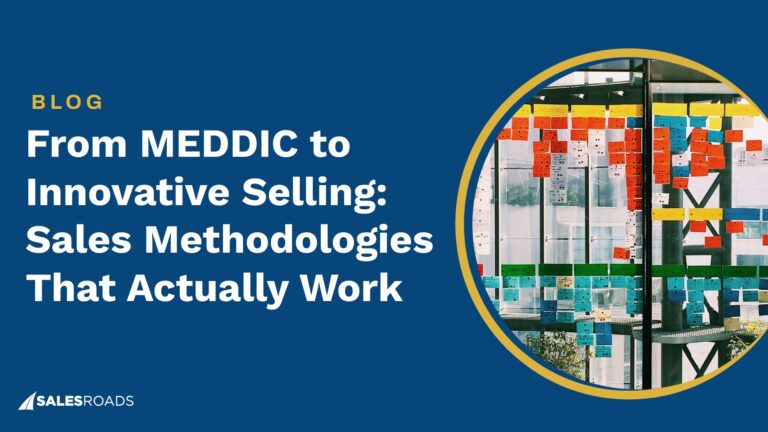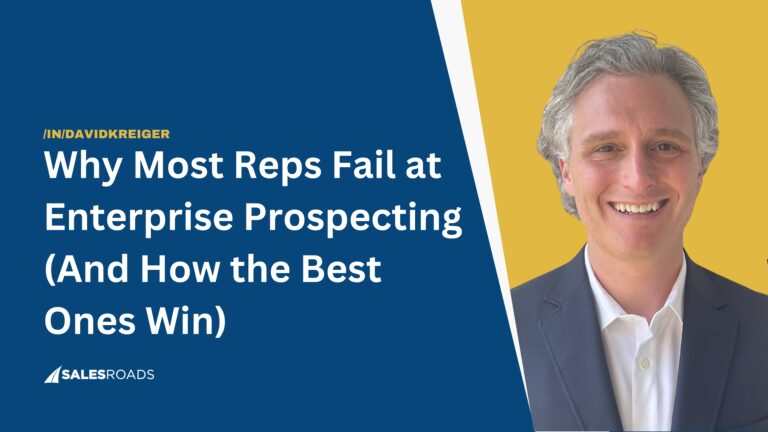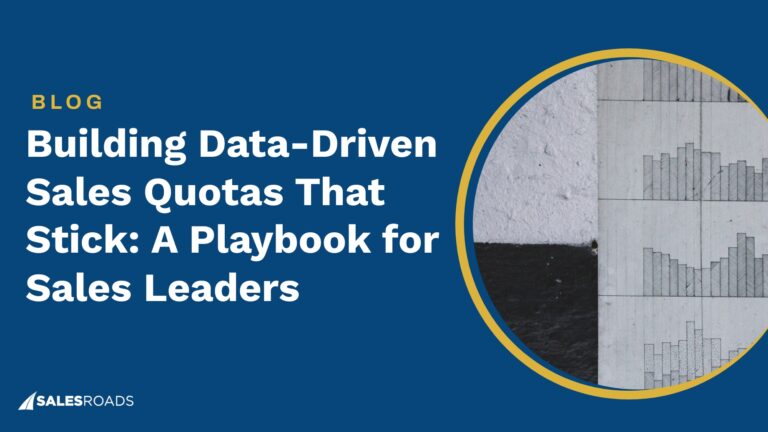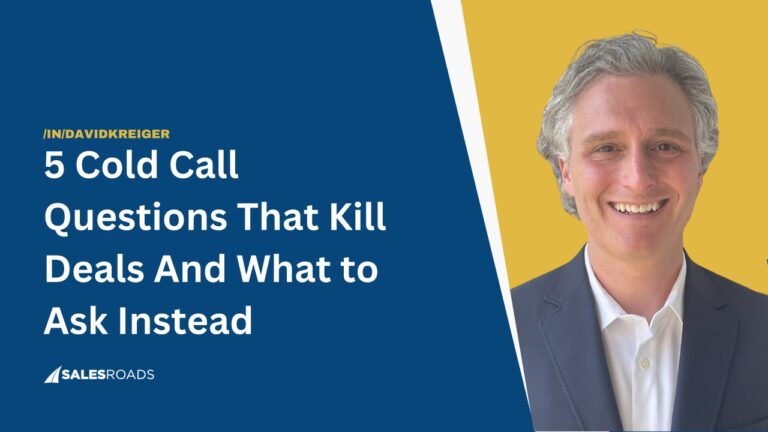Email has become an indispensable tool for sales professionals. There are currently 4 billion daily email users worldwide. This number is projected to reach 4.6 billion by 2025, according to Statista.
However, while email is ubiquitous, its effectiveness hinges on a strategic approach. One critical element often overlooked is the sales funnel. Without a clear understanding of where prospects are in their buyer’s journey, email sequences can become a scattershot approach, yielding suboptimal results.
What Is a Sales Funnel?
A sales funnel is a visual representation of the customer journey from initial awareness to becoming a loyal customer. It outlines the various stages a potential customer goes through, from discovering your product or service to making a purchase and beyond.
A well-structured sales funnel helps businesses understand their target audience better, tailor their sales and marketing efforts, and optimize the conversion process.
Essentially, it’s a strategic roadmap that guides prospects through the buying cycle. By breaking down the customer journey into distinct phases, businesses can create targeted email funnel campaigns to nurture leads and increase sales.
The Importance of Sales Funnels When Emailing
Email funnels are indispensable for nurturing leads, building relationships, and ultimately driving conversions.
Prospects need different things at different stages of the sales cycle. Those who are just becoming aware of your brand require educational content, while those further along the funnel are interested in product features and pricing. A tailored sales email sequence ensures that your messaging resonates with each recipient, increasing engagement and open rates.
By understanding your target audience’s pain points and challenges, you can craft compelling content that addresses their specific needs. A well-executed email funnel highlights the value proposition of your product or service, positions your business as a trusted advisor, and ultimately converts leads into customers.
Remember, a generic “spray and pray” approach is ineffective. A sales funnel provides a systematic way to identify and target the right prospects with the right message at the right time.
How to Create an Email Sequence That Converts Leads into Customers?
Creating a high-converting email sequence is a complex yet essential task for businesses. While many understand the importance of email funnels in theory, putting them into practice can be challenging.
Here’s what you need to know about creating a sales funnel email sequence that works:
Understand Your Audience
A deep understanding of your target audience is the cornerstone of a successful email funnel. Generic messaging won’t cut it.
You need to identify specific buyer personas, their pain points, goals, and challenges. What keeps them awake at night? What are their biggest frustrations?
By delving into these details, you can tailor your email sequence to address their specific needs and concerns. Use data analytics, customer surveys, and market research to gain valuable insights into your audience.
Map Out the Sales Funnel Stages
A clear and detailed sales funnel is essential for guiding your prospects through the buyer’s journey.
Break down the customer journey into distinct stages, such as awareness, interest, consideration, and decision. Define the specific actions or milestones that mark the transition between each stage. This will help you create targeted email content that aligns with each prospect’s position in the funnel.
For example, in the awareness stage, focus on educational content and lead magnets. In the consideration stage, highlight product features and benefits. And in the decision stage, emphasize value propositions and calls to action.
Craft Compelling Subject Lines
Your email subject line is your first impression. It needs to be compelling, relevant, and intriguing enough to entice recipients to open your email.
Use strong action verbs, create a sense of urgency, or offer valuable content. Experiment with different subject line formats to see what works best for your audience.
Remember, a strong subject line can significantly improve your open rates. Spend time crafting subject lines that stand out in crowded inboxes.
Bottom of funnel subject line examples:
Generic and uninformative: “Ready to buy?”
This subject line is vague and doesn’t provide any value to the recipient. It doesn’t create a sense of urgency or highlight any specific benefits.
Clear call to action and value proposition: “Secure Your [Product/Service] Now and Get [Benefit]”
This subject line clearly states the desired action and highlights a specific benefit for the customer. It creates a sense of urgency and encourages immediate action.
Write Engaging Email Content
Your email content should be informative, persuasive, and relevant to your audience. Each email should have a clear purpose and deliver value to the recipient.
Use storytelling to connect with your audience on an emotional level. Highlight customer success stories and testimonials to build credibility.
Avoid generic sales pitches. Instead, focus on providing solutions to your audience’s problems and demonstrating how your product or service can help them achieve their goals. Use a conversational tone and write in a clear, concise style.
Determine the Right Timing and Frequency of Emails
Sending emails too frequently can annoy recipients while sending them too infrequently can lead to missed opportunities. Finding the right balance is crucial.
Consider your audience’s preferences, the length of your sales cycle, and the competition in your industry.
Use email analytics to track open rates, click-through rates, and conversion rates. Adjust your sending frequency based on performance data.
Analyze and Optimize Your Email Sequence
Your email funnel is a living document that should be constantly evaluated and improved. Track key metrics to measure the performance of your email campaigns. Identify which emails are performing well and which ones need improvement.
A/B testing is a powerful tool for optimizing your email sequence. Experiment with different subject lines, email content, and sending times to see what drives the best results.
Litmus research shows that conducting QA, A/B, and spam testing on your emails can significantly boost ROI. In fact, you could see up to a 28% increase in return by incorporating these tests into your email program.
Remember, installing the right email funnel is an ongoing process. Continuous improvement is essential for achieving long-term success.
Sales Funnel Email Sequence Example
Target audience: Small business owners
Product: Project management software
Sales Funnel Stage: Awareness
Email 1:
Subject: Is Project Chaos Holding You Back?
Content: Introduce the challenges small business owners face in managing multiple projects. Offer a free resource like a project management checklist.
Sales Funnel Stage: Interest
Email 2:
Subject: Gain Control of Your Projects with [Software Name]
Content: Highlight the key features of the software and how it can help small business owners save time and improve efficiency. Offer a free trial.
Sales Funnel Stage: Consideration
Email 3:
Subject: Let’s Find the Perfect Project Management Solution for You
Content: Offer a free consultation to assess the specific needs of the business and recommend the best features of the software.
Sales Funnel Stage: Decision
Email 4:
Subject: Limited Time Offer: Get [Percentage] Off Your First Year
Content: Create a sense of urgency with a time-limited discount. Include customer testimonials. Provide a clear call-to-action to sign up.
Sales Funnel Stage: Post-Purchase
Email 5:
Subject: How is [Software Name] Working for You?
Content: Check in with the customer to ensure satisfaction and offer additional support or training.
Bottom Line
Crafting a compelling sales funnel email sequence is undoubtedly crucial, but it’s the strategic orchestration into a well-defined sales funnel that truly drives conversions.
Prioritize building a robust sales email sequence tailored to your audience’s journey over individual email perfection. Remember, the power lies not in the individual email, but in the cohesive sales funnel email sequence that guides prospects towards becoming loyal customers.




